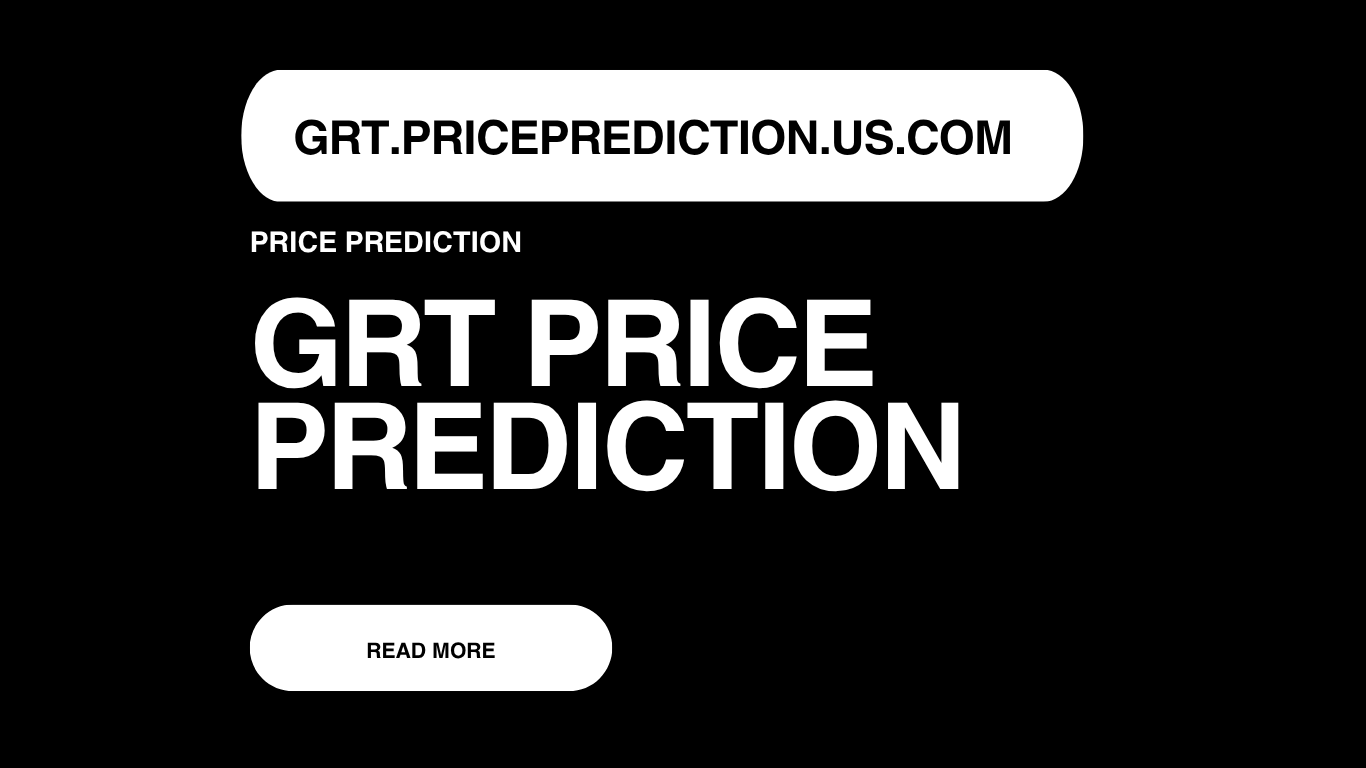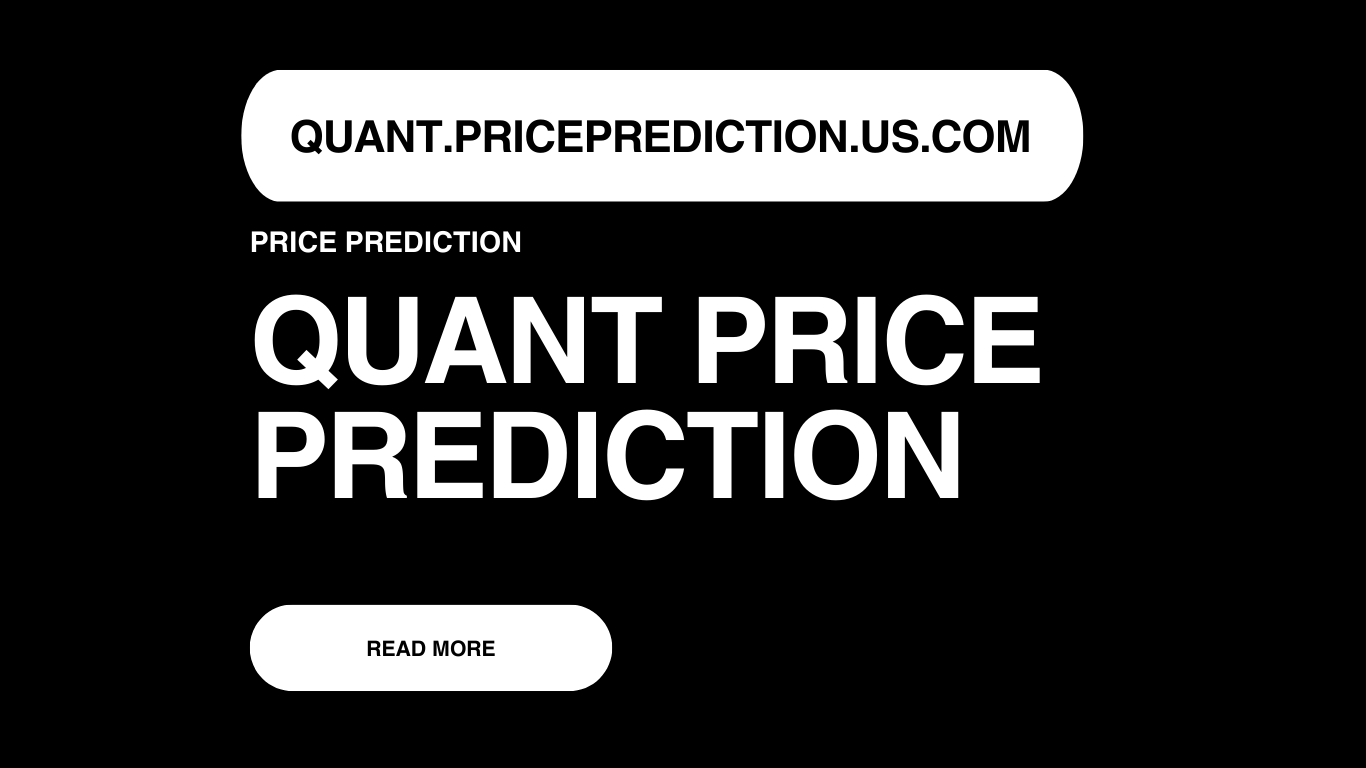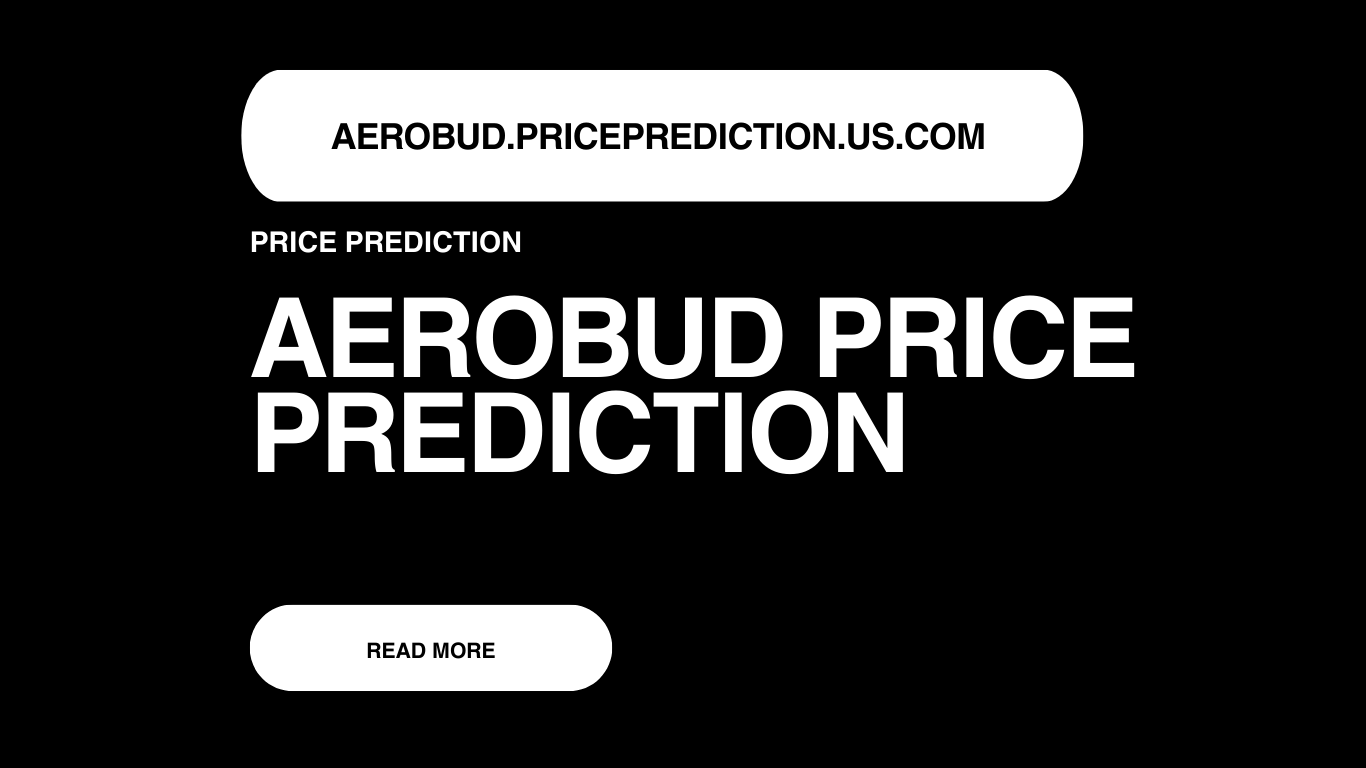Current Price
As of now, the price has corrected significantly but has been gradually recovering amid renewed interest in decentralized infrastructure.
Explore The Graph GRT price prediction from 2025 to 2040. Understand future trends, yearly forecasts, technical analysis, tokenomics, roadmap, and the role of GRT in the decentralized data indexing economy.

The Graph (GRT) is a decentralized indexing protocol for querying blockchain data. Often described as the “Google of blockchains,” it allows developers to access data efficiently for decentralized applications (dApps) using subgraphs. GRT is the utility and governance token of the network, enabling participation in indexing, delegation, and curation.
As blockchain adoption grows and data demand rises, GRT's value proposition becomes more critical. This article offers a detailed GRT price prediction year-by-year from 2025 to 2040 based on technicals, fundamentals, and future outlook.
As of now, the price has corrected significantly but has been gradually recovering amid renewed interest in decentralized infrastructure.
GRT shows signs of a breakout from long-term downtrend resistance. The RSI and MACD indicators are turning bullish.
GRT could trade between $0.60 – $1 as more dApps adopt The Graph for indexing and querying data.
Expected to reach $0.50 – $0.70, driven by subgraph marketplace expansion and increased query volume.
With greater Layer 2 and multi-chain integration, GRT might hit $0.20 – $0.40.
As The Graph becomes a standard in Web3 infrastructure, GRT could range from $1.20 – $1.40.
Assuming exponential growth in dApps, GRT may rise to $2.50 – $3.20.
A mature Graph ecosystem could push the token to $1.50 – $2.20.
Widespread institutional usage and deeper integration into AI/data systems could lead to a range of $5.00 – $7.50.
By 2040, GRT might be trading at $12.00 – $19.00, cementing its role as a core data indexing token in decentralized computing.
The Graph (GRT) is a decentralized protocol that indexes and organizes blockchain data for efficient querying. Developers use "subgraphs" to extract data from blockchains like Ethereum, Arbitrum, and Avalanche. GRT powers the protocol, enabling staking, delegation, and curation.
What is GRT used for?
GRT is used to pay for queries on the network and to incentivize indexers, curators, and delegators.
Is GRT a good investment?
GRT has long-term potential if The Graph continues to dominate decentralized data services, a critical component of dApps and Web3.
Can GRT reach $5?
Yes, under strong adoption and consistent utility growth, GRT could reach $5 by 2035.
Bullish Patterns:
Bearish Patterns:
The need for fast, reliable blockchain data is rising. GRT is positioned to benefit from:
Provide clear contact information, including phone number, email, and address.

Discover KULR stock price prediction from 2025 to 2040. Explore forecasts, technical analysis, roadmap, and future trends driving growth in battery safety and thermal management.

Explore the detailed QNT Quant price prediction from 2025 to 2040. Understand future prospects, technical analysis, and potential growth for the QNT token.

Get the latest Aerobud price prediction for 2025, 2030, and 2040. Learn about the project’s technical analysis, market outlook, future trends, and token utility in the cannabis crypto space.